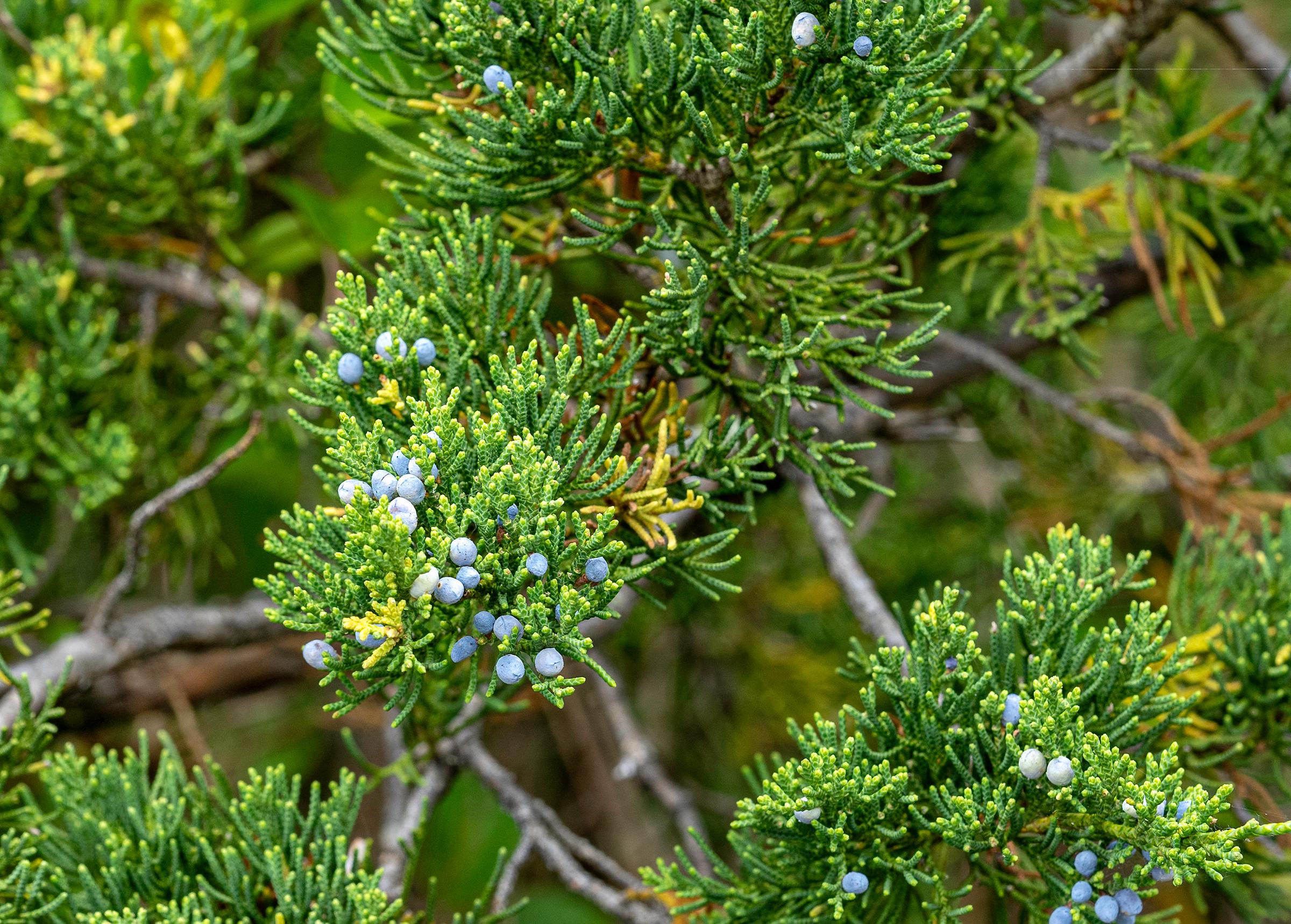Gardening: It’s a Risky Business

Aphids feed on the underside of an eggplant leaf which can damage the plant. (Photo by Clarissa Balbalian)
No matter how you slice it, gardening is a risky business.
We have no control over the weather, waves of pestilence, the threat of plant diseases. It’s a wonder we don’t all just chuck our gardening tools and say, “See you at the farmers market.”
Even informed gardeners sometimes make decisions that increase their odds for trouble.
For example, a colleague recently shared her “Do as I say, not as I do!” moment. By day, she diagnoses plant diseases. In her free time, she tries to grow some vegetables.
“Not because I’m a great gardener but because I love food,” she explained.
What she did: she accidentally planted perennials in one of her two large containers. When her winter flowers didn’t die in their usual fashion, she was left with just one large container for growing vegetables. So she planted eggplant and tomatoes together.

(Photo by Clarissa Balbalian)
While it’s not against the law to plant nightshades together, they are susceptible to the same diseases and pests. So, if one plant is carrying a disease, they’re both likely to succumb. The same goes for insects.
In this case, the eggplant attracted aphids. Which found an even larger buffet with more variety than they expected. Aphids spread plant viruses. It takes a lot of aphids to injure plants by feeding, but it takes only one to spread a virus.
“I knew it was a risk, but I spent about $5 on the plants, so it wasn’t a huge investment,” she said.
That said, this issue means more for folks who plant larger gardens. If you’re going to grow plants with similar disease issues, plant a barrier row of a different type of plant in between. For example, a row of eggplant, a row of beans, then a row of tomatoes or peppers. Also be sure to practice good weed control. Weeds are a good breeding ground for insects and the viruses that they carry, as well as other disease-causing organisms, such as fungi and bacteria.
Back to the nightshades: this susceptibility to the same insect pests is also one of the reasons to rotate where you place your different plants each year. If you grow in containers, you can change out the soil pretty easily. But in a raised bed or regular garden, it’s a little tougher. Some diseases and nematodes stay in the soil. So, keep notes on where you put your nightshades and other plants, then next year, change it up.
One way to reduce some of your risk? Get a soil test.
There’s no sense in pouring on loads of fertilizer if you don’t need it. You can save the money and keep the extra nutrients out of the environment. You can also avoid burning up your plants with a generic, overpowered fertilizer if you have recommendations specific to your little spot of heaven on earth.
To learn more about gardening in Mississippi, check out Extension’s Garden Tabloid.
Extension also offers help diagnosing plant diseases, to both commercial growers and home garden enthusiasts.
If you’re curious about fungi, plant diseases, nematodes and other interesting plant topics, follow the MSU Plant Diagnostic Lab on Twitter at @MSUextPlantLab
Subscribe to Extension for Real Life
Fill in the information below to receive a weekly update of our blog posts.









